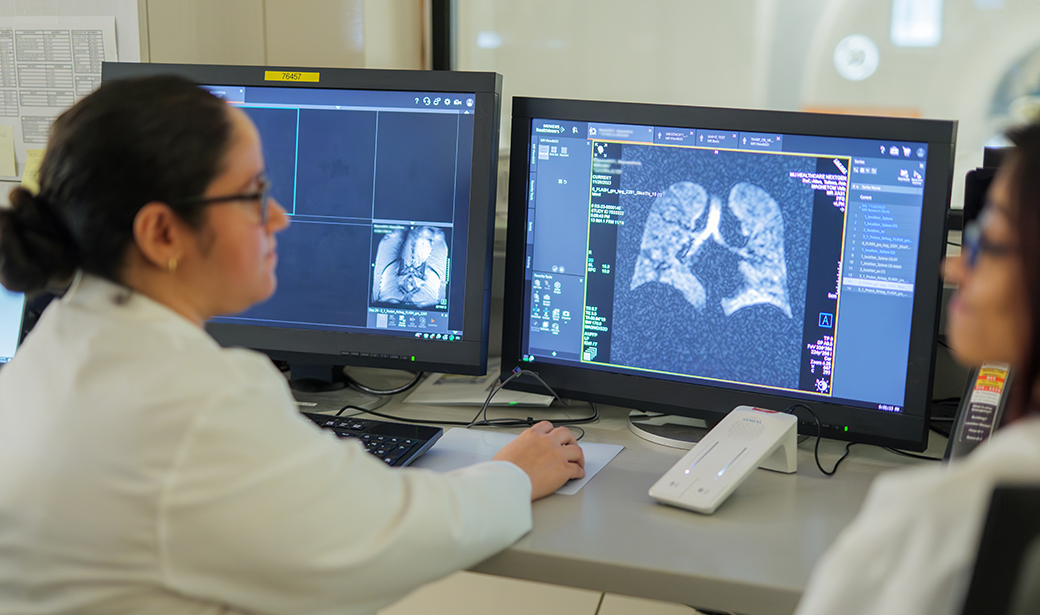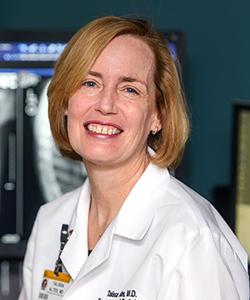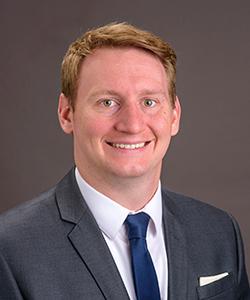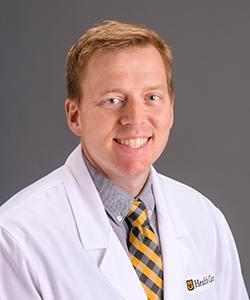For lots of families, putting together jigsaw puzzles is a fun and stress-releasing group activity during the holidays: If all the pieces are present, that is.
A specific feeling of disappointment arises when the hours of puzzle assembly result in an incomplete picture of a seascape or collection of movie posters, the bonnet of a lighthouse unfinished or letters missing from the title card of a Hollywood classic.
For decades, patients with lung diseases and their doctors would start down the path of diagnosis and treatment in a similar way, working around the edges of the problem to get to its center, and hopefully a complete picture. But the available tests would often leave patients suffering from cystic fibrosis, chronic obstructive pulmonary disease (COPD), asthma, farmer’s lung and other lung diseases without answers.
Researchers at the University of Missouri and MU Health Care have helped find an answer using magnetic resonance imaging (MRI).
Radiologist and hyperpolarized xenon expert Talissa Altes, MD; asthma, MRI physics and hyperpolarized gas expert Robby Thomen, PhD, and pulmonologist Zach Holliday, MD, wanted a better way to treat lung diseases for their patients.
“This test has been helpful in research, and it's shown to be helpful in clinical care,” said Holliday. “In one patient's case, this may be a single puzzle piece, or in another patient's case this may be half the puzzle. And it may really shed light on a puzzle that we lost pieces to and now, finally, we can complete that puzzle.”
It’s an innovation that’s decades in the making, and MU Health Care is one of only two hospitals in the United States who offer the test clinically for patients.
MRI machines use magnets to align the hydrogen atoms in your body, which is why they have traditionally been used to scan every type of body tissue except the lungs. Because our lungs are full of air, not water, MRI struggles to get a clear picture. But MRI scanners can be programmed to image hyperpolarized xenon gas.
“The traditional treatment for asthma has been a stepped approach, trying different drugs to see what works, clearly not precision medicine,” Thomen said. “This new technology is completely different and allows patients to see their own breath in their own lungs. It doesn’t compare the patient to a pool of similar people, but shows us what makes you unique, medically.”
The FDA-approved scan is identical to a traditional MRI but asks patients to inhale the non-reactive xenon gas and hold their breath during the 10-to-15-second scan. The resulting images show how a breath of air is drawn into the lungs. This gives patients and their doctors a better understanding of lung function, leading to faster and better treatments.
“The images do all the talking,” Thomen said. “You see it side-by-side and the xenon MRI images are so much clearer.”
In the past, some patients with lung diseases received two CT scans per year to check their lungs. These tests showed lung structure clearly but didn’t tell doctors how well the lungs were working. In addition, each CT scan uses a small amount of radiation that adds up over years of treatment.
“MRI gives us a fantastic picture with no radiation, and if we can replace the radiation from a CT scan with something like xenon gas MRI, now we have taken a lot of radiation, relatively speaking, and turned it into no radiation,” Holliday said.
The innovative technology will help doctors and patients make better decisions more quickly about which treatments to try, and whether those treatments are having the intended effect, leading to better results for patients and saving time and money.
“From stubborn asthma to rare lung diseases, it’s unique to have this technology and the specialists who can treat these diseases in mid-Missouri,” Holliday said. “If you live nearby, it means you don’t have to travel long distances, and because we’re one of the only ones with this technology, I have patients who drive six hours to come here. It’s a great addition to what we can provide to Missourians and people across the country here at MU Health Care.”







